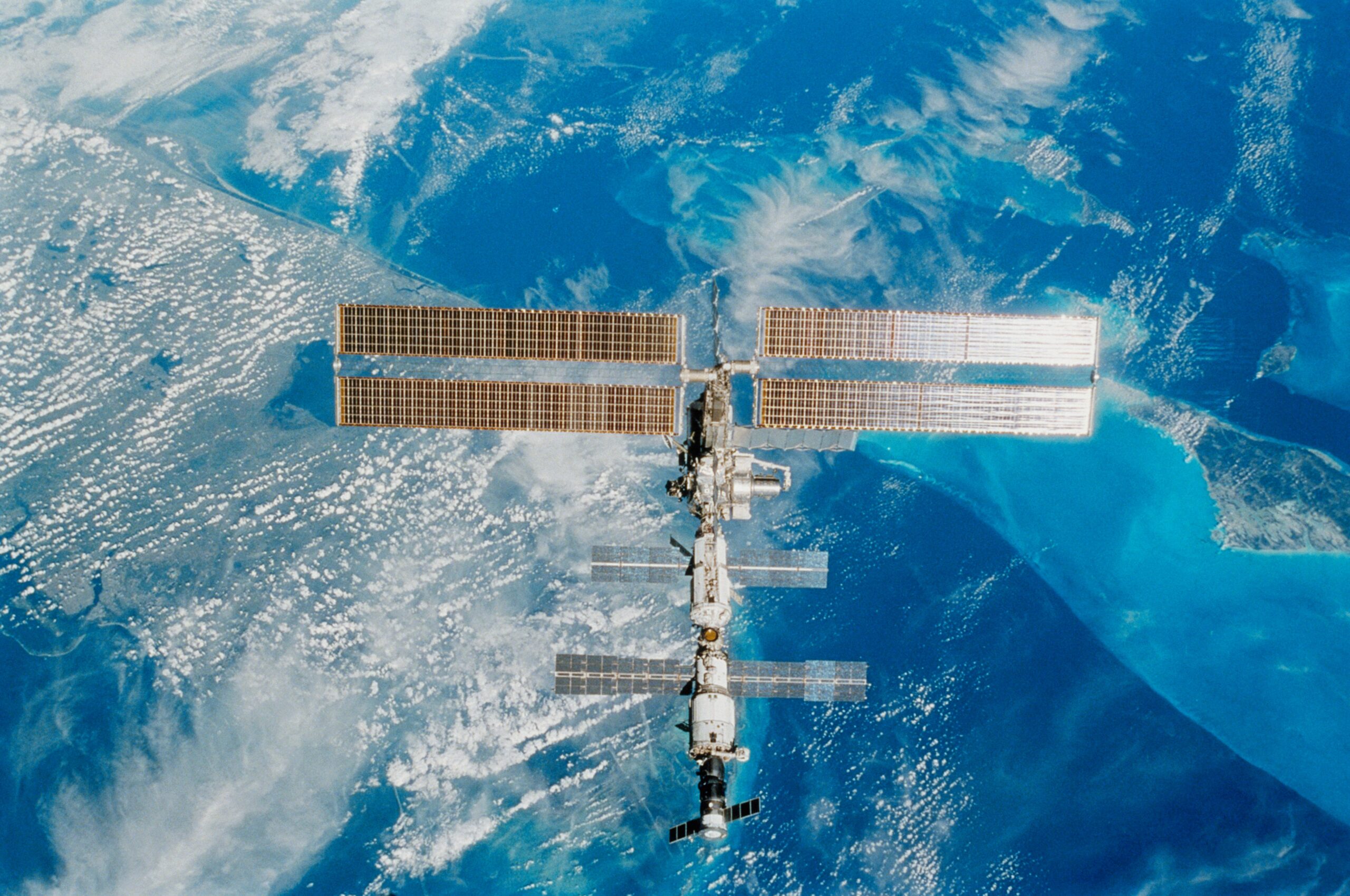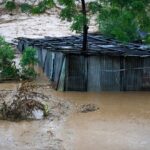For the past five years, a leak aboard the International Space Station (ISS) has quietly developed into a significant problem. According to a new report from NASA’s inspector general, this issue is now considered one of the highest risks facing the aging space station. The leak originates from a small, Russian-built component of the ISS, specifically the PrK module—a tunnel that connects the Zvezda module to a docking port. The problem, which has been present since September 2019, has recently worsened, raising concerns among NASA officials. In February 2024, NASA identified a sharp increase in the leak rate, which rose from less than 1 pound of atmosphere per day to 3.7 pounds a day by April. Despite ongoing investigations, neither NASA nor Russian officials have been able to pinpoint the root cause of the leak, though they suspect it may involve welding flaws inside or outside the module.
NASA and Roscosmos, Russia’s space agency, have been working to contain the issue by keeping the hatch leading to the PrK tunnel closed. However, if the leak continues to deteriorate, this hatch may need to be sealed permanently, which would reduce the number of Russian docking ports from four to three. This could potentially affect future ISS operations. While NASA has publicly downplayed the severity of the issue, the internal risk assessment has escalated. The leak is now at the top of NASA’s 5×5 risk matrix, which evaluates both the likelihood and severity of potential problems. This means the PrK module leak is now categorized as a “5” in terms of both likelihood and consequence—a major concern for space station operations.
In May and June 2024, NASA and Roscosmos officials met to discuss the growing threat posed by the leak. Although Roscosmos remains confident they can manage the issue before it becomes critical, both agencies have yet to agree on when the situation will become unmanageable. The problem comes at a crucial time for the future of the ISS. NASA and Russia currently have an agreement to maintain the space station through 2028, with hopes of extending operations to 2030. However, that extension has not yet been finalized, and recent geopolitical tensions, particularly following Russia’s invasion of Ukraine, have complicated negotiations.
Beyond 2030, NASA has plans to shift its low Earth orbit activities to privately operated space stations. Companies like Axiom Space, Blue Origin, and Voyager Space have already received funding to develop commercial stations. However, there is considerable uncertainty about whether these ventures will be ready by 2030. Northrop Grumman has already withdrawn from the competition, citing profitability concerns. If NASA is forced to extend the ISS’s life beyond 2030, the agency will face several challenges. The station is more than 25 years old, and extending its lifespan will require significant investments in repairs and maintenance. Additionally, NASA would need to secure commitments from international partners, including Russia, whose relationship with the U.S. has become increasingly strained. The report also points to financial difficulties, noting that NASA could face budget cuts, inflation, and supply chain issues, further complicating its plans.
NASA’s ability to keep the ISS functioning safely while preparing for its eventual retirement is a delicate balancing act. The PrK module leak is just one of several challenges tied to the station’s aging infrastructure, highlighting the difficulties of operating a spacecraft for extended periods. As the agency focuses on lunar missions and preparations for deep-space exploration, finding a long-term solution to the ISS’s operations has become increasingly urgent. The next steps will be critical as NASA and its partners decide the future of low Earth orbit exploration, whether through the extension of the ISS or the rise of commercial space stations. The decisions made now will shape the course of human spaceflight for decades to come.
Read more at Wired.







